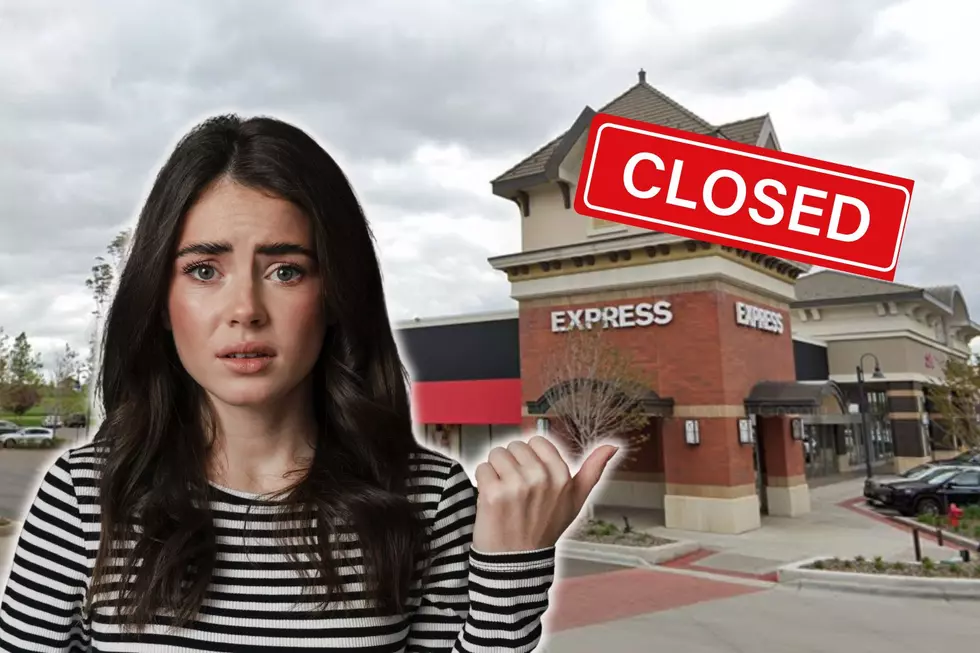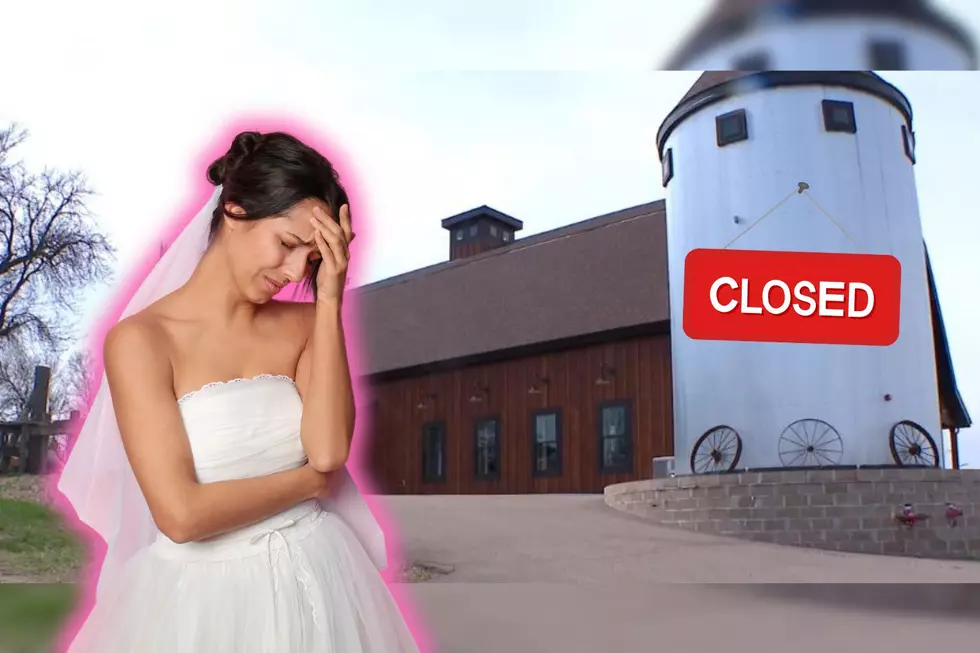
State Budget Surplus Soars To Nearly $2 Billion
ST. PAUL, Minn. (AP) — Minnesota finance officials pegged a projected state budget surplus Thursday at nearly $1.9 billion over the next 19 months.
The economic forecast produced by the Department of Minnesota Management and Budget details state government finances while estimating the amount of money lawmakers will have at their disposal in the Legislature's election-year session.
The surplus comes from a variety of factors, including higher-than-estimated tax collections, plus the $865 million left unspent by the Legislature and Gov. Mark Dayton last session after they failed to agree on a tax-cut bill and a long-term spending plan for road and mass transit construction. The forecast also looks at spending patterns and economic conditions around the world that are expected for years into the future. It takes into account potential issues, such as a mining industry facing tumult and a sputtering stock market that could translate into smaller capital gains tax collections.
In announcing the figure, the state's budget agency added a word of caution: "Minnesota's budget outlook has improved from previous estimates despite a weaker economic outlook."
Speaking Wednesday before the report was released, Dayton said a healthy surplus would punctuate a "remarkable turnaround" from the repeat deficits he faced early in his tenure as governor.
By law, one-third of the excess money is automatically shifted into the state's rainy-day reserves. That takes $665 million of the surplus off the table, leaving about $1.2 billion for lawmakers to tussle over.
"Not only are we spending money responsibly, but we're setting money aside for the next economic downturn whenever that occurs," Dayton said.
Senate Republican Leader David Hann called for some of the money to be put toward improving roads and bridges "and give the rest of the surplus back to taxpayers."
Minnesota currently has reserve and cash-flow accounts with a combined $1.3 billion. State finance officials have a goal of building that above $2 billion.
Republicans who lead the House have pressed to send a big portion of the money back to taxpayers through tax cuts, though there is expected to be significant discussion about what form those take and how much the state can afford. The same goes for spending plans pursued by Dayton and fellow Democrats, most notably proposals to increase school spending.
There will be one more economic forecast before the 2016 session begins in early March.
More From KROC-AM









